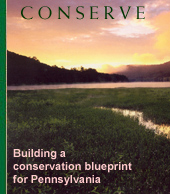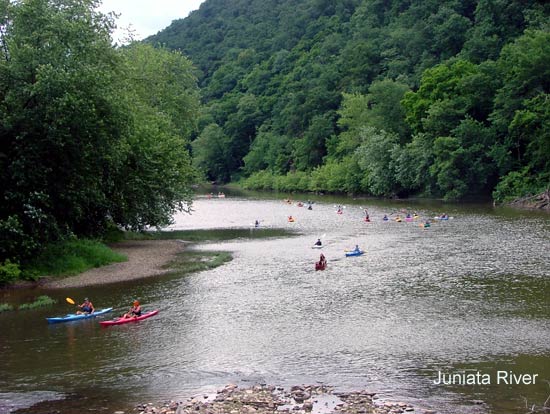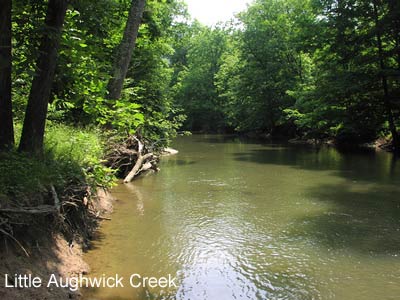The Gatesburg Formation
This bedrock layer was formed during Earth's Cambrian Period, which means when exposed at the surface these are some of the oldest rocks you can find in the state. The Gatesburg consists of sublayers of sandstones, limestones and dolomites (limestone with magnesium). Because of its sand, gravel and limestone nature, the resulting subsoils are coarse and very well drained, yet with some calcium content. Iron deposits in the Gatesburg drew steel magnate Andrew Carnegie to mine certain areas here in the 1880s.
View a map of the conservation priority areas.
Juniata River Basin The Juniata River is a major tributary of the Susquehanna River and drains portions of the Ridge and Valley Province of south central Pennsylvania. Characteristic of this landscape are folded mountains with hard Silurian sandstone tops and lower ridges of fractured Devonian shales. Significant forest blocks are at higher elevations and the valleys support rich farmlands.
Key Features Conservation Targets Partners
View the next conservation priority area: Potomac Tributaries |
|
|


